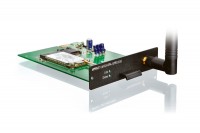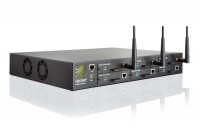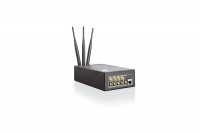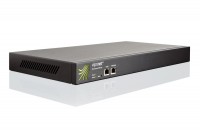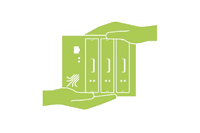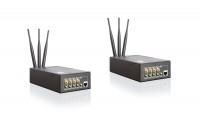Unbelievable, what bonding DSL, UMTS and LTE makes possible
Connecting a North Sea island
The island of Wangerooge in the German North Sea is not only a good place for travelers or sea birds. Here, the Institute of Oceanography of the University of Hamburg operates a measuring station for the WERA-system to monitor surface current velocities, ocean wave height and wind with the help of HF radar waves at different places at the North Sea. As the station was installed in 2009, the carrier attached great importance to a reliable data transfer. Moreover, the new technology should provide steady remote access for maintenance operations. Thus, a Viprinet solution was chosen.
Rapid Aid For Stroke Patients
Time is vital for stroke patients, in order to minimize long-term medical consequential damages. It is therefore of greatest importance for stroke patients that all therapeutic medical procedures start as early as possible. Preferably in the ambulance while it is already on its way to the hospital. The German Federal Ministry of Education and Research sponsored a development project of the so-called ASTER – Acute Stroke Telematics Platform for Ambulances for which Otto von Guericke University Magdeburg in cooperation with Johanniter Unfallhilfe jointly developed an ambulance. All important devices may now be controlled via a single web-based user interface. This enables the transmission of diagnostic information including live video images directly to the medical experts. Emergency patients may be pre-registered at the desired hospital and in addition, an exchange between the location of the hospital and the situation on the streets is enabled via a fleet control system.
Internet for recovery
Denmark is the leading European country when it comes to using eHealth infrastructures. Especially concerning the treatment of COPD (chronic obstructive pulmonary disease), Denmark makes use of a trendsetting telemonitoring system for monitoring and treatment of COPD patients in their own home. This way, about 40% of treatment costs can be saved compared to stationary hospital stays. Another important aspect is the comprehensive monitoring of all relevant data via the Internet. If this monitoring is not guaranteed, sudden exacerbation of the patient‘s condition cannot be treated fast enough. The COPD telemonitoring solution developed by Viewcare in cooperation with Danish Viprinet partner Sharecon is one of the most up-to-date of its kind, and stands out by its extremely high availability.

